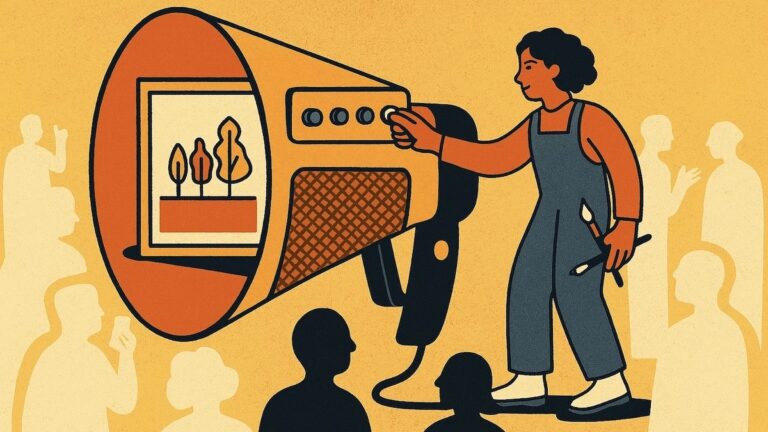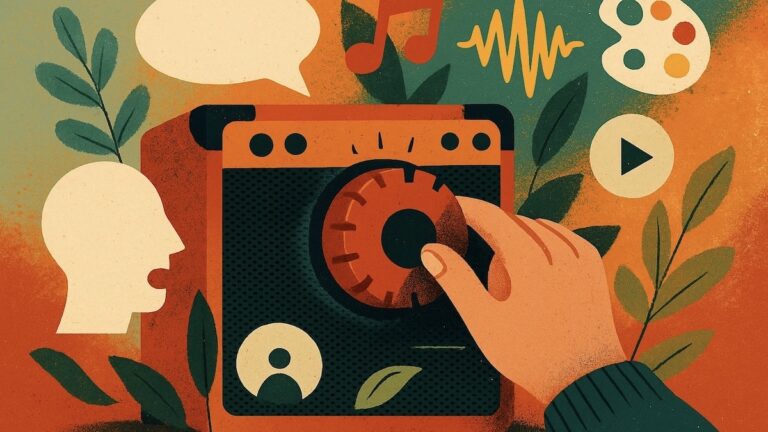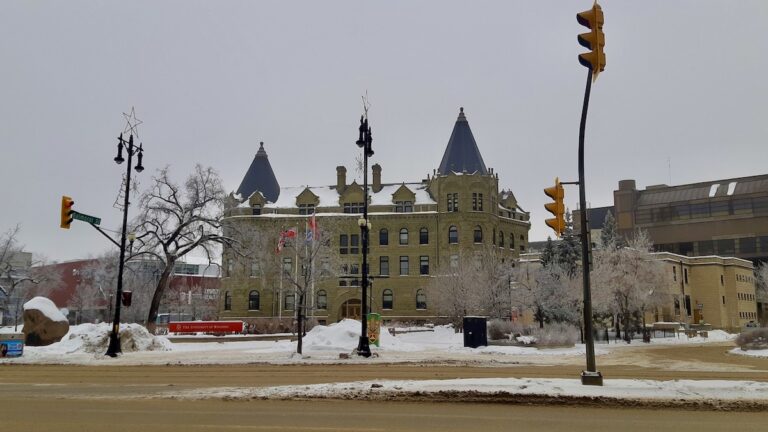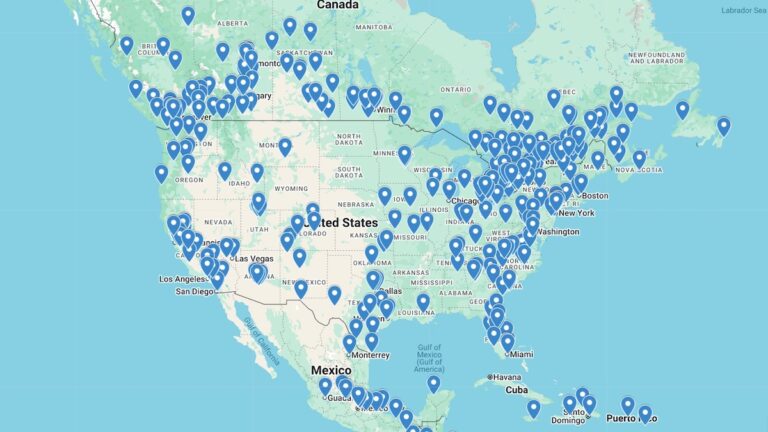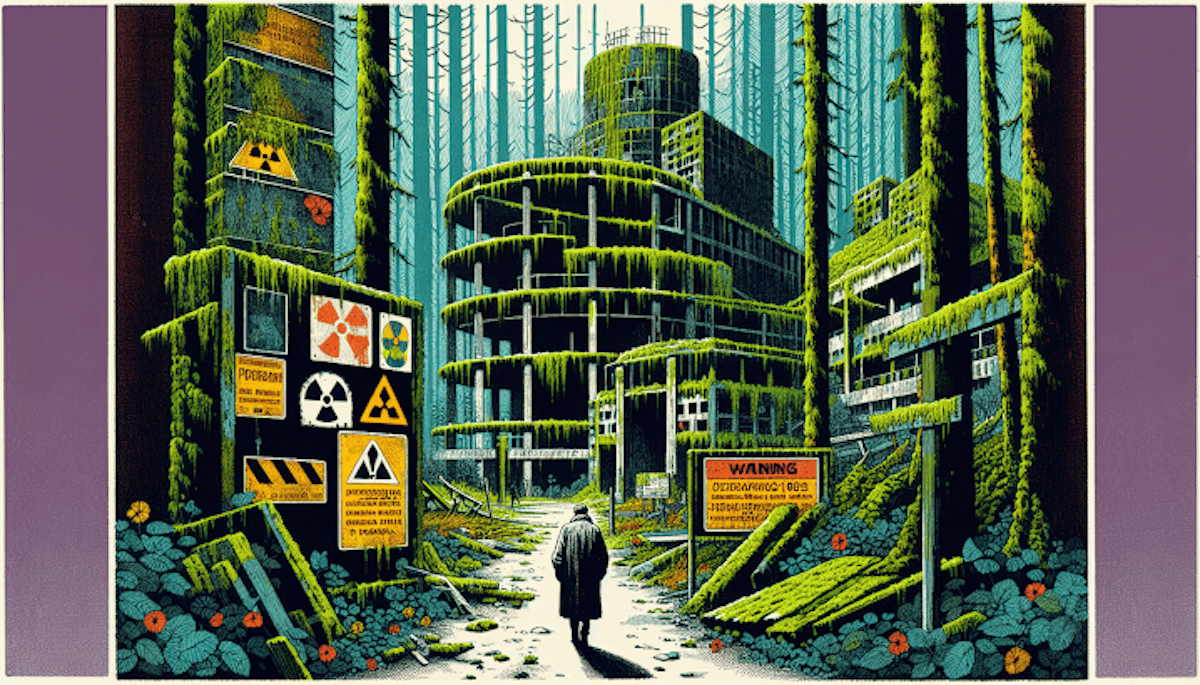
Conflict: Story’s Fuel
If you’ve ever tried to tell a story where everything goes smoothly, you know the quiet hum of boredom that follows. There’s no arc, no tension, nothing to hold onto. As artists, we often seek harmony in our creative lives, but in storytelling, harmony is the enemy of engagement. The real engine, the indispensable fuel for any narrative, is what we call conflict. It’s the grit in the oyster, the static in the signal, the very friction that ignites the narrative fire and keeps your audience leaning in, hungry for what happens next.
Many aspiring writers, myself included when I was first finding my voice, tend to shy away from conflict. We want our characters to be happy, to succeed easily. But a story isn’t a wish fulfillment fantasy; it’s a journey. And every worthwhile journey is fraught with obstacles. This isn’t about creating drama for drama’s sake; it’s about understanding that conflict is the crucible in which characters are forged, plots are propelled, and themes truly resonate. It’s the push-and-pull, the opposition that gives your story purpose and direction.
Beyond the Grand Battle
When you hear “conflict,” your mind might leap to epic battles, car chases, or shouting matches. And while those are certainly forms of external conflict, the true power of this element lies far deeper, often subtly weaving through the fabric of your narrative. Conflict isn’t just a physical struggle; it’s any force that opposes your character’s desires or goals. It can be internal, a character battling their own fears, doubts, or moral dilemmas. It can be external, pitting your character against another individual, society, nature, or even fate itself.
Think of the beloved characters we’ve discussed before – the very heartbeat of your tale. They aren’t interesting because they have no problems; they’re interesting because of how they grapple with them. The quiet struggle of a character trying to overcome a personal prejudice, the subtle tension between friends with differing loyalties, or the silent battle against a looming deadline – these are all forms of conflict. The world you’ve meticulously built isn’t just a backdrop; it’s often a source or reflection of the very conflicts your characters must navigate. A harsh environment, a rigid social structure, or a broken system can serve as a potent antagonist, driving the story forward just as surely as a villain.
The Stakes of the Struggle
Without conflict, there are no stakes. And without stakes, why should anyone care? Conflict immediately raises the question: what will happen if the character fails? What do they stand to lose? This is where narrative tension truly ignites. When a character faces a challenge, something of value—be it their life, their reputation, a relationship, a dream, or even their very sense of self—is put on the line. The higher the stakes, the more invested your audience becomes. It’s not always about life or death; sometimes, the most profound stakes are deeply personal, like the risk of losing a loved one’s trust or sacrificing one’s core beliefs. As writers, our job is to make sure the reader understands what’s at stake, making them hold their breath with every turn of the page.
Choices Forged in Fire
Perhaps the most vital function of conflict is that it forces characters to make choices. Easy choices rarely reveal anything profound about a person. It’s when your character is pushed against a wall, when their values are tested, when there’s no clear right answer, that their true nature is revealed. These aren’t just plot points; they are moments of truth. Do they compromise their integrity for survival? Do they choose love over duty? Do they confront their fears or succumb to them? Every difficult decision, every desperate act, every moment of hesitation born from conflict, deepens our understanding of who this character truly is and what they stand for. This is where character growth happens, where their journey takes meaningful turns, and where your audience forms an unbreakable bond with them.
Embrace the Friction
So, as you craft your next story, don’t shy away from the hard stuff. Don’t smooth out the rough edges. Instead, actively seek out the friction. Introduce dilemmas. Stack the odds. Put your characters in situations where they must fight, not just against an external foe, but against their own limitations and the challenging circumstances of their world. Remember, conflict isn’t just an obstacle; it’s the very canvas upon which your story is painted, the essential fuel that makes your narrative burn bright, keeping readers captivated from the first spark to the final ember.
This summer, our arts program is a vibrant hub for artists and the arts sector across Winnipeg, Manitoba, and Northwestern Ontario. We’re providing professional development and storytelling opportunities, with the goal of equipping artists with the tools they need to grow and succeed. This entire initiative is made possible thanks to the support of the Minneapolis College of Art and Design and the Ontario Arts Council, whose funding is helping to support this season’s valuable mentorship and internship program.


